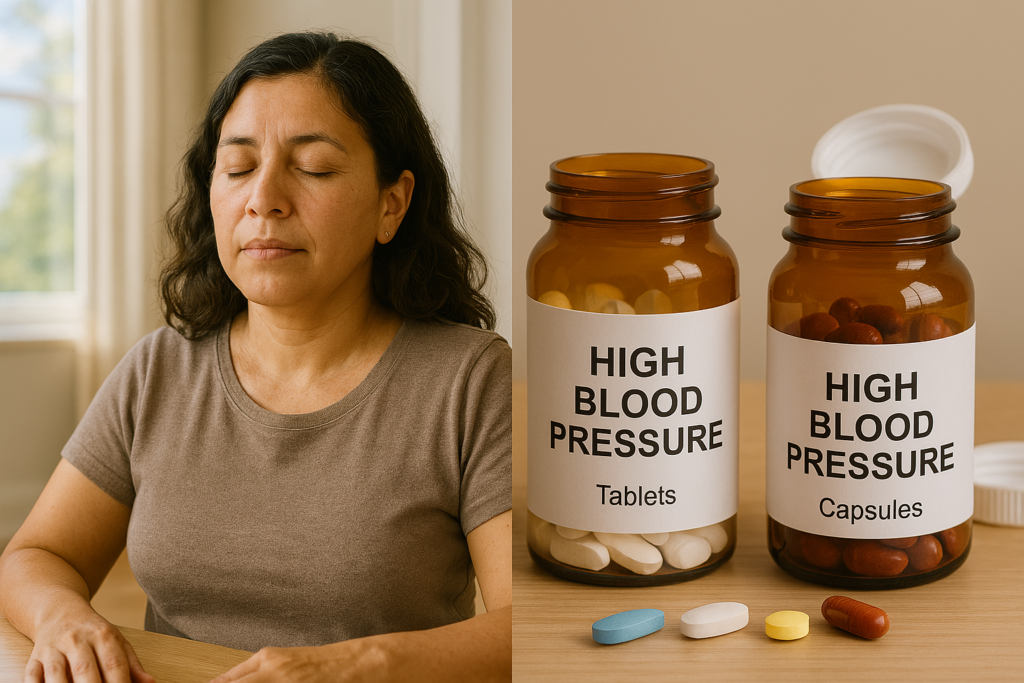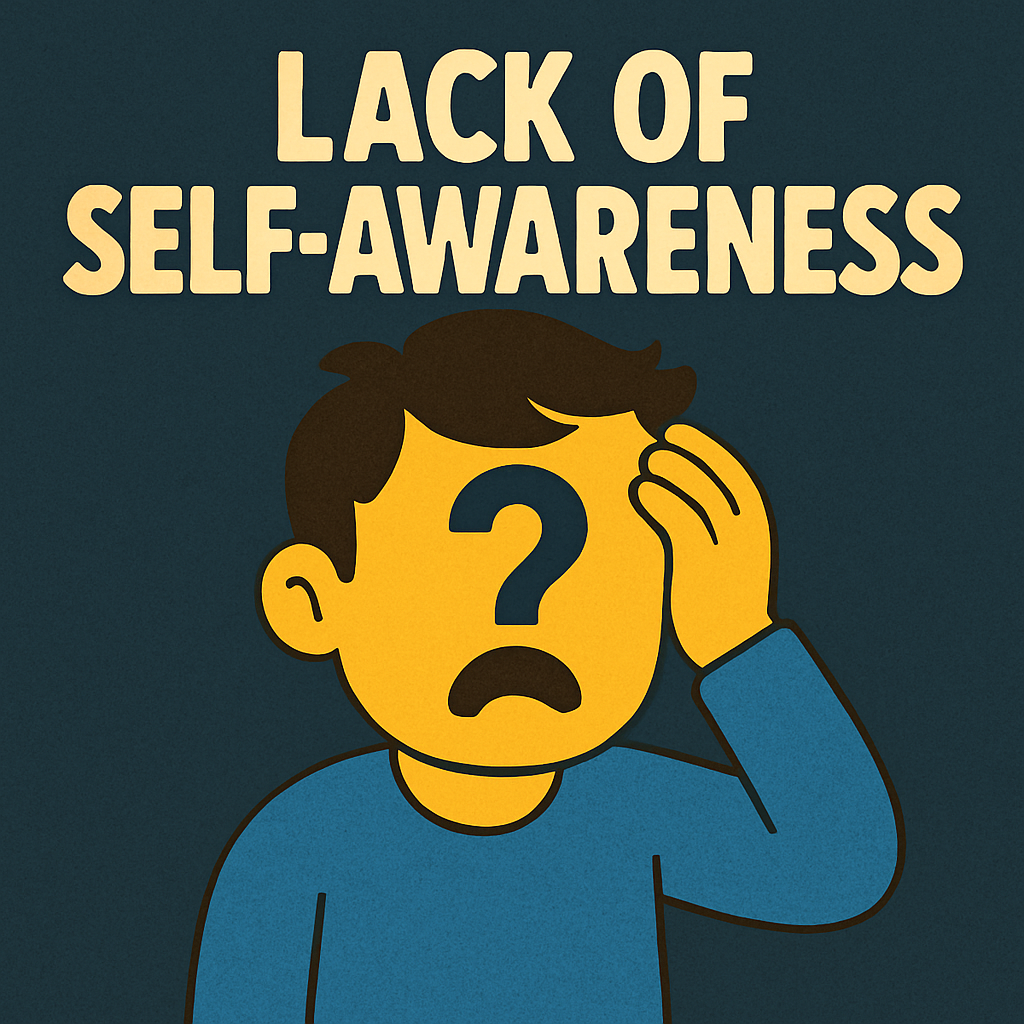Blue Heron Program vs Medication Effectiveness:The Root Solution
Some of the links in this article may be affiliate links. This means that if you click on one and make a purchase, I may earn a small commission — at no extra cost to you. I only recommend products or services I genuinely believe are helpful, especially when it comes to your health and wellness. Thanks for your support!
Blue Heron Program vs Medication Effectiveness: The Fundamental Difference
The battle against high blood pressure typically presents two paths: pharmaceutical intervention or lifestyle-based programs like the Blue Heron method. However, these approaches differ fundamentally in their mechanisms and long-term results.
Medications work by forcing physiological changes—beta-blockers slow heart rate, diuretics reduce fluid volume, and ACE inhibitors relax blood vessels. In contrast, the Blue Heron Program trains your body to naturally regulate its cardiovascular function through targeted exercises and techniques.
Additionally, this distinction becomes crucial when considering long-term health outcomes. While medications provide immediate pressure reduction, they rarely address why your blood pressure rose in the first place.
The Science Behind Each Approach
How Blood Pressure Medications Work
Blood pressure medications operate through chemical intervention, essentially overriding your body’s current functioning. They alter specific physiological processes—blocking hormones, changing kidney function, or relaxing vessel walls.
Furthermore, these medications require continuous use to maintain effectiveness. Once you stop taking them, blood pressure typically returns to previous levels because the underlying issues remain unaddressed.
Research has consistently shown that while medications effectively lower numbers on the monitor, they don’t correct the autonomic nervous system imbalances, arterial stiffness, or endothelial dysfunction that often cause hypertension.
Blue Heron Program vs Traditional Treatment Mechanisms
The Blue Heron Program takes an entirely different approach by focusing on retraining the cardiovascular system itself. The program utilizes specialized breathing exercises and specific techniques that stimulate the vagus nerve—a critical component in blood pressure regulation.
Moreover, these exercises gradually restore proper balance between the sympathetic (fight-or-flight) and parasympathetic (rest-and-digest) nervous systems. This rebalancing represents a fundamental correction rather than a symptomatic override.
Studies examining similar approaches have documented improvements in heart rate variability, baroreflex sensitivity, and endothelial function—all key markers of cardiovascular health that medications typically don’t improve.
| Comparison Criteria | Blue Heron Program | Traditional BP Medications |
|---|---|---|
| Addresses Root Cause | ✓ Retrains cardiovascular and nervous systems | ✗ Masks symptoms only |
| Side Effects | ✓ Minimal to none | ✗ Common (fatigue, dizziness, cough, etc.) |
| Long-term Effectiveness | ✓ Results improve over time | ✗ Often requires increased dosages |
| Dependency | ✓ Creates independence through retraining | ✗ Lifelong dependency on prescriptions |
| Cost Over Time | ✓ One-time investment | ✗ Ongoing monthly expenses for years/decades |
| Additional Benefits | ✓ Improved sleep, energy, and stress reduction | ✗ None; often creates new health issues |
| Accessibility | ✓ Available anytime, anywhere | ✗ Requires prescriptions, refills, doctor visits |
| Speed of Initial Results | Results begin within 2-3 weeks | Often immediate effects |
| Effect on Autonomic Nervous System | ✓ Rebalances for natural regulation | ✗ No effect on underlying imbalance |
| Personalization | ✓ Adaptable to individual needs and progress | ✗ Standard dosing with limited customization |
Long-Term Outcomes and Effectiveness
Blue Heron Program vs Medication Effectiveness Over Time
The effectiveness gap between these approaches widens significantly when examined over months and years. Blood pressure medications maintain their effect only with continued use, often requiring increased dosages as time passes.
Nevertheless, the Blue Heron Program produces results that tend to strengthen over time as the body relearns proper cardiovascular regulation. Many participants report continued improvement even after completing the initial program.
Clinical data supports this observation, with natural intervention programs showing increasing benefits through 12, 24, and 36-month follow-ups, while medication effects often plateau or require adjustment.
Independence vs Dependence
Another critical consideration involves the question of dependence. Medication approaches create a reliance on pharmaceutical intervention—miss doses and your blood pressure immediately rises.
Conversely, the Blue Heron techniques, once learned, become self-sustaining skills. Users gain independence through physiological retraining rather than requiring external chemical management.
The psychological impact of this difference shouldn’t be underestimated. Gaining control over your health condition rather than managing it with pills creates profound effects on overall wellbeing and stress levels—factors that themselves influence blood pressure.
Side Effects and Quality of Life
The Hidden Costs of Medication
Pharmaceutical approaches to blood pressure inevitably bring side effects. Common experiences include:
- Persistent cough (ACE inhibitors)
- Frequent urination (diuretics)
- Fatigue and reduced exercise capacity (beta-blockers)
- Dizziness upon standing (many classes)
- Electrolyte imbalances affecting muscle function
- Potential interactions with other medications
These side effects often lead to what medical professionals call a “prescription cascade“—additional medications prescribed to address problems caused by the original medication.
The Safety Profile of the Blue Heron Approach
By comparison, the Blue Heron Program carries minimal risk of adverse effects. Because it works by optimizing your body’s natural regulatory systems, the approach avoids introducing external chemicals that might disrupt other physiological processes.
Subsequently, participants typically report positive “side effects” instead:
- Improved sleep quality
- Reduced anxiety levels
- Increased energy
- Better respiratory function
- Enhanced mental clarity
- Improved exercise tolerance
These benefits stem from the program’s whole-body approach to cardiovascular health rather than its isolated focus on blood pressure numbers.
Addressing the Root Problem
Blue Heron Program vs Medication Effectiveness at Targeting Causes
The most significant distinction between these approaches lies in their relationship to the underlying causes of high blood pressure. Medications effectively mask the symptom—elevated pressure—without addressing why it occurred.
Hence, the Blue Heron Program specifically targets known physiological drivers of hypertension:
- Autonomic nervous system imbalance
- Breathing pattern disorders
- Vascular reactivity and tension
- Baroreceptor sensitivity
- Stress response patterns
Through systematic retraining of these systems, the program works to normalize the physiological mechanisms that regulate blood pressure naturally.
Cost Comparison and Accessibility
The financial aspect presents another striking contrast. Prescription medications for hypertension often create ongoing costs for decades—a significant financial burden even with insurance coverage.
On the other hand, the Blue Heron Program involves a one-time investment that provides lifetime access to techniques and resources. This approach eliminates the monthly prescription costs that accumulate substantially over years of treatment.
Likewise, the program’s digital format makes it accessible anywhere, anytime—no appointments, pharmacy visits, or prescription refills required.
Making Your Decision
When evaluating Blue Heron Program vs medication effectiveness, consider these key questions:
- Do you want temporary management or actual resolution of the problem?
- Are you experiencing side effects from current medications?
- Would you prefer independence from pharmaceutical intervention?
- Are long-term outcomes more important to you than immediate results?
- How do you feel about addressing the underlying causes rather than symptoms?
For many people, the answer becomes increasingly clear: addressing the root cause offers the potential for genuine resolution rather than indefinite management.
What To Expect When Starting The Program
The transition to the Blue Heron approach typically follows a predictable pattern. Most participants notice subtle changes within the first week—improved sleep quality and reduced stress levels being the most common initial benefits.
Blood pressure measurements usually begin showing improvement within 2-3 weeks, gradually increasing as the exercises become more familiar and effectively performed.
Of course, individual results vary based on factors like severity of hypertension, consistency with the program, and concurrent lifestyle factors. However, the program’s step-by-step design accommodates different starting points and progression rates.
Still not sure how it works? Here’s exactly what the program includes…
Taking The Next Step
If you’re ready to address the root causes of your blood pressure challenges rather than simply masking symptoms, the Blue Heron Program offers a scientifically-grounded alternative to lifetime medication.
With its one-time investment, comprehensive support materials, and focus on creating lasting physiological change, many find it represents not just a different approach—but a better one.
Click here to access the complete Blue Heron Program and begin your journey toward natural blood pressure regulation
*This article is not intended to diagnose, treat, cure, or prevent any disease, nor is it a substitute for professional medical advice, diagnosis, or treatment. The information provided in this article is for educational and informational purposes only. Always seek the advice of your physician or other qualified healthcare provider with any questions you may have regarding a medical condition or treatment before undertaking a new healthcare regimen. Never disregard professional medical advice or delay in seeking it because of something you have read in this article. The purpose of this article is to share comparative information about different approaches to blood pressure management that may be of interest to readers seeking to understand their options. Individual results may vary, and what works for one person may not work for another. Any action you take based on the information presented is strictly at your own discretion and risk.










2 Comments
[…] Up Next: Want to know how it stacks up to traditional treatments? I broke it down here… […]
[…] If you found this guide helpful, check out our introduction to natural blood pressure control to share with friends and family who might benefit, or revisit our detailed breakdown of hypertension causes and head-to-head facts vs. pills. […]